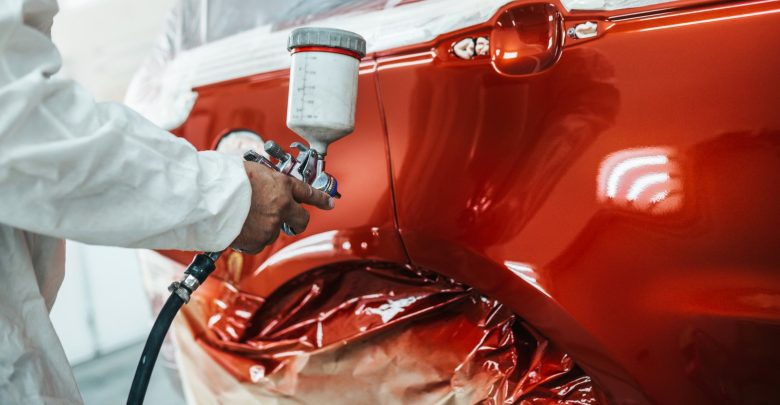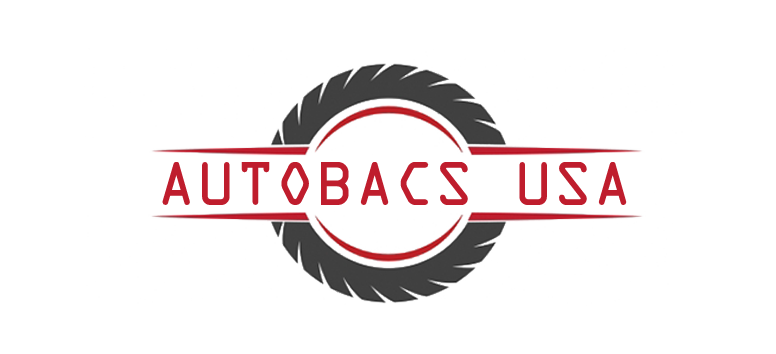How is Automotive Paint Accurately Matched for Flawless Vehicle Painting?

In the world of automotive repair and restoration, achieving a perfect finish is an art form that demands meticulous attention to detail, skillful technique, and a keen eye for color. One of the most critical aspects of this craft is the art of automotive paint matching, a process that goes beyond simply applying a fresh coat of paint to a damaged vehicle. Instead, it involves the delicate task of harmonizing new paint with the existing color to ensure a seamless and virtually indistinguishable repair.
The significance of paint matching in automotive repairs cannot be overstated. Whether it’s addressing a minor scratch or conducting extensive bodywork after a collision, a precise and accurate paint match is the key to restoring a vehicle’s appearance and preserving its value. Imagine your frustration if you spend considerable time and resources on a repair, only to be left with an obvious mismatch in color, akin to a glaring blemish on a beautiful canvas.
Methods for Matching a Car’s Color Accurately
There are several methods used by auto body technicians to accurately match the automotive paint for your car. By combining the methods and using advanced modern-day technologies for collision repair and vehicle painting that are available now, they can achieve almost perfect repairs. Here are some ways used to match automotive paint:
1. Visual color evaluation
Achieving an accurate paint match begins with the trained eye of an experienced automotive paint technician. Visual color evaluation is a fundamental technique that relies on human perception to assess the color of the vehicle’s existing paint and attempt to replicate it seamlessly.
2. Color chips and fan decks
These are widely used as valuable reference tools in manual color matching. These collections of standardized paint samples provide a range of colors commonly used in the automotive industry. When attempting to match a vehicle’s paint, technicians consult color chips or fan decks to find the closest matching color among the available samples. They compare the vehicle’s existing paint to the provided color swatches to determine the best match.
3. Tinting techniques
When a perfect match cannot be obtained directly from color chips or fan decks, technicians employ tinting and blending techniques to refine the paint color and create a closer match. Tinting involves adding specific pigment tints to a base paint color to adjust its shade and achieve a closer match to the vehicle’s original color. Technicians skillfully experiment with various tint combinations until they achieve the desired color consistency.
4. Blending techniques
In some situations, the color match is not precise. So, blending is employed to transition the new paint into the adjacent panels. By gradually feathering the new paint into the existing one, technicians create a seamless transition, reducing the visible boundary between the old and new paint and making the repair virtually indistinguishable.
5. Spectrophotometers and color-matching devices
Spectrophotometers are sophisticated electronic devices used in the automotive industry to measure the color of automotive paint with a high level of accuracy. These instruments work on the principle of spectroscopy, which involves analyzing the light spectrum reflected from an object’s surface.
The road to mastering the art of automotive paint matching demands a fusion of technical expertise and artistic sensibility. It is a pursuit where science meets creativity and an eye for precision leads to accuracy for a paint match. From manual color evaluation techniques to modern spectrophotometers, the quest for seamless paint repairs is progressing with technological innovation. As this innovation continues, so does the progress towards achieving flawless color consistency, which ultimately helps in enhancing the aesthetic appeal of your car and the overall value of the vehicle.

